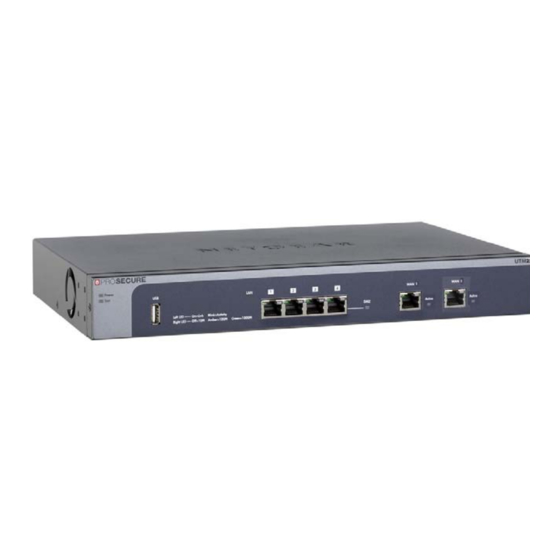
Netgear UTM5EW-100NAS Manuals
Manuals and User Guides for Netgear UTM5EW-100NAS. We have 1 Netgear UTM5EW-100NAS manual available for free PDF download: Appliance Reference Manual
Netgear UTM5EW-100NAS Appliance Reference Manual (484 pages)
Unified Threat Management
Brand: Netgear
|
Category: Network Hardware
|
Size: 10 MB
Table of Contents
Advertisement
Advertisement
Related Products
- Netgear ProSafe UTM9S
- Netgear UTM10 - ProSecure Unified Threat Management Appliance
- Netgear UTM25 - ProSecure Unified Threat Management Appliance
- Netgear ProSecure UTM150
- Netgear UTM5 - ProSecure Unified Threat Management Appliance
- Netgear UTM50 - ProSecure Unified Threat Management Appliance
- Netgear UTM25-100NAS - Prosecure Utm Appliance 25U No Sub Included
- Netgear ProSecure UTM25S
- NETGEAR ReadyNAS Ultra 4
- NETGEAR ReadyNAS Ultra 2 Plus
